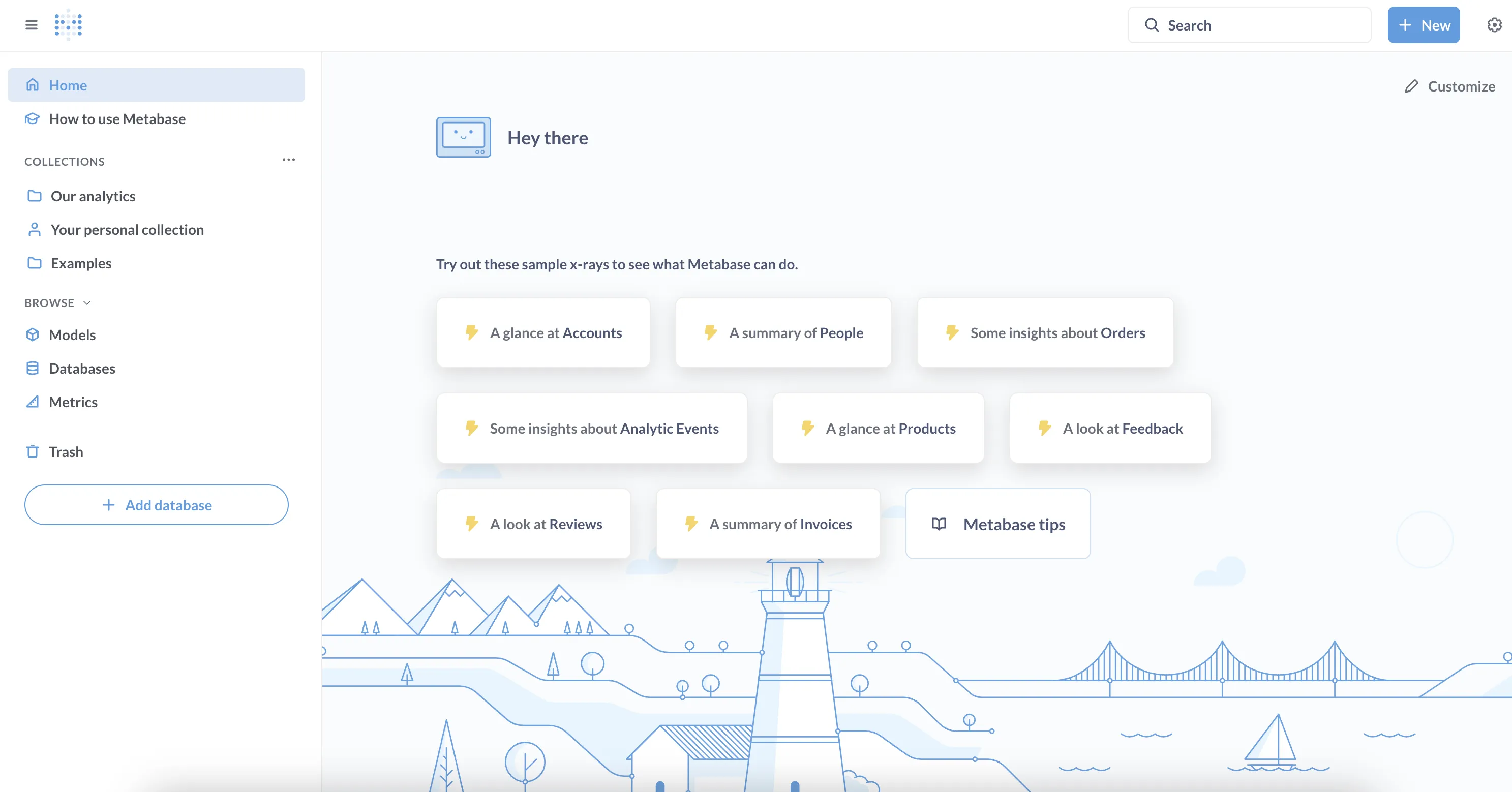

Snowflake tables with a GEOGRAPHY column cannot be explored ( #13505).When result row is null, then frontend incorrectly shows as "No results!" ( #13571).Wrong day names are displayed when using not-Sunday as start of the week and grouping by "Day of week" ( #13604).Pie chart shows spinner, when returned measure/value is null or 0 ( #13626).🐎 Table schema sync performance impact ( #13650).In general, we recommend restoring from a backup (the backup that you definitely remembered to generate before upgrading), and only using the migrate down command if you really need to keep changes made after your upgrade.Please note that if you use LDAP group mapping and manually added users to your Administrators group, those users will be removed on their next signin. The migrate down command undoes those schema changes. When Metabase upgrades to a new version, it runs migrations that may change the application database schema. In general, regular backups (especially backups before upgrading), are the best policy, so we recommend reverting to a backup of your application database to roll back an upgrade.īut if you’ve made changes to your application database since upgrading that you want to keep, you may be able to use the migrate down command to roll back your Metabase application database to support the previous Metabase version you were running. Upgrading AWS Elastic Beanstalk deployments.This buffer just gives the Cloud team some time to make sure the upgrades go smoothly. There’s usually a short period of time (typically a week or so), between when Metabase announces a new release and when the Cloud team starts rolling out the new version on Metabase Cloud.
METABASE RELEASES UPGRADE
If you’re on a Metabase Cloud plan, your Metabase will upgrade automatically with each new release no action needed on your end. With X being the latest version available for each release.įor a list of releases, see Metabase versions. From the latest version of Metabase 40, you can then jump to the current version of Metabase.įor example, if you’re running Metabase 1.38, your upgrade path would look like: If you’re on a Metabase version older than Metabase 40, you’ll need to upgrade release by release until you’re on the latest version of Metabase 40. Upgrading from older versions of Metabase

Once Metabase has completed the upgrade, you’ll be running the new version.

On startup, Metabase will perform the upgrade automatically. Replace the existing JAR file ( metabase.jar) in your Metabase directory with the newer version.ĭocker run -d -p 3000:3000 -e MB_DB_CONNECTION_URI="jdbc:postgresql://:5432/metabase?user=&password=" -name metabase metabase/metabase-enterprise:latest Use a terminal to access your existing Metabase process and kill it (usually CTRL-C). If you’re running the JVM Jar file directly:ĭownload the latest version of the JAR file:


 0 kommentar(er)
0 kommentar(er)
